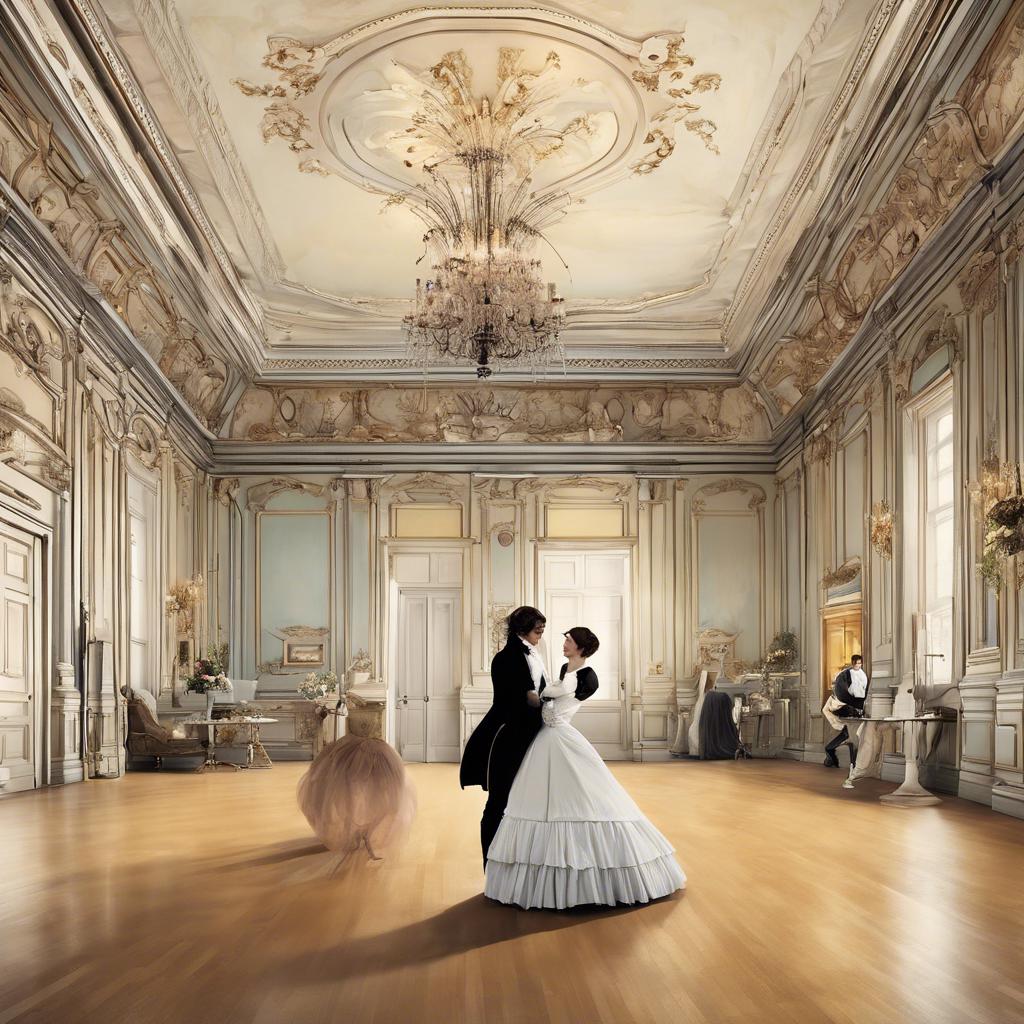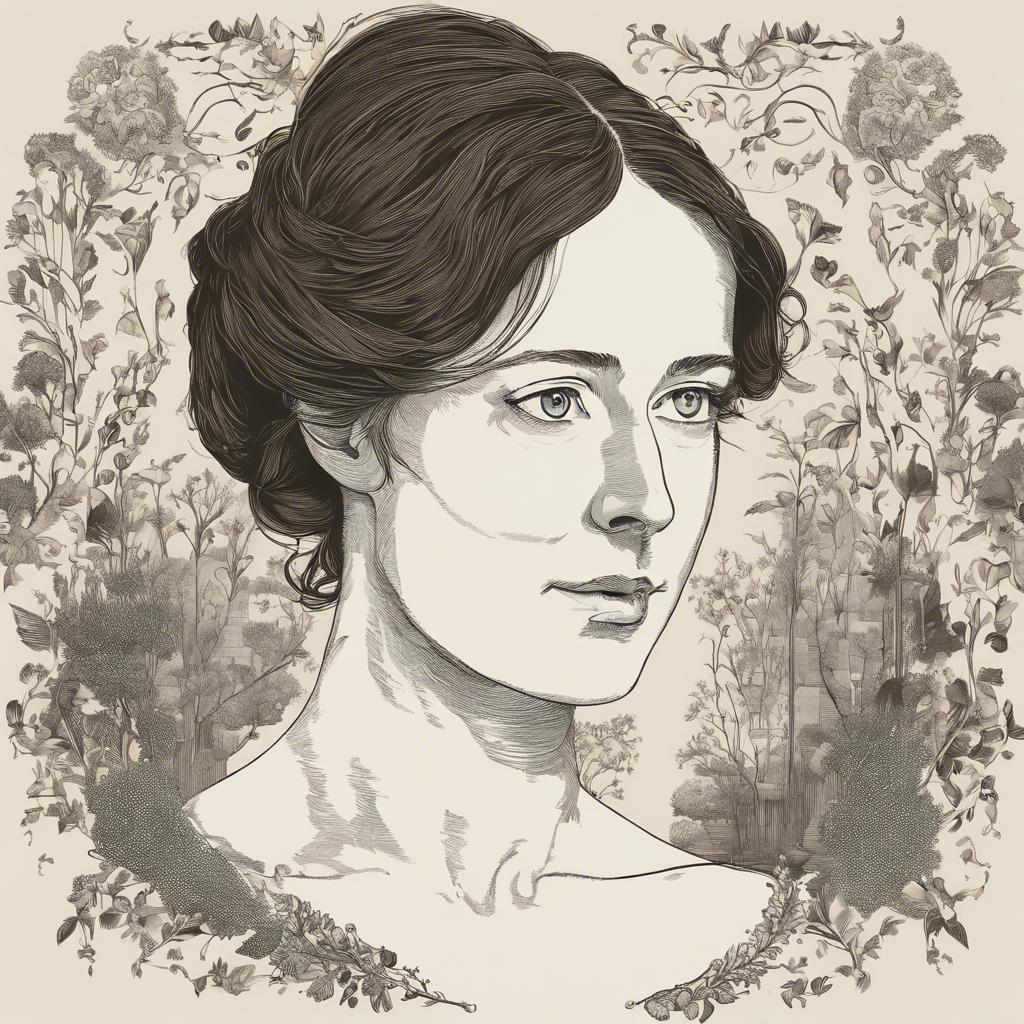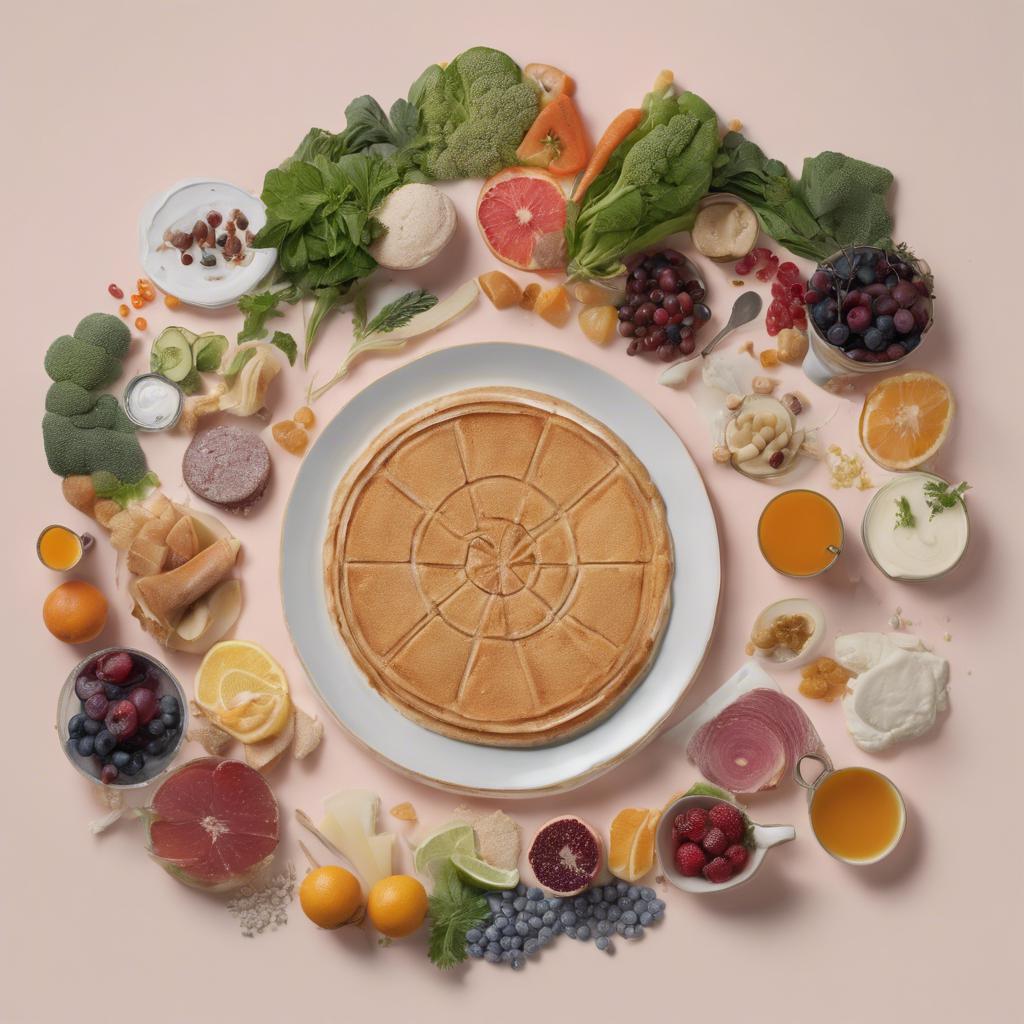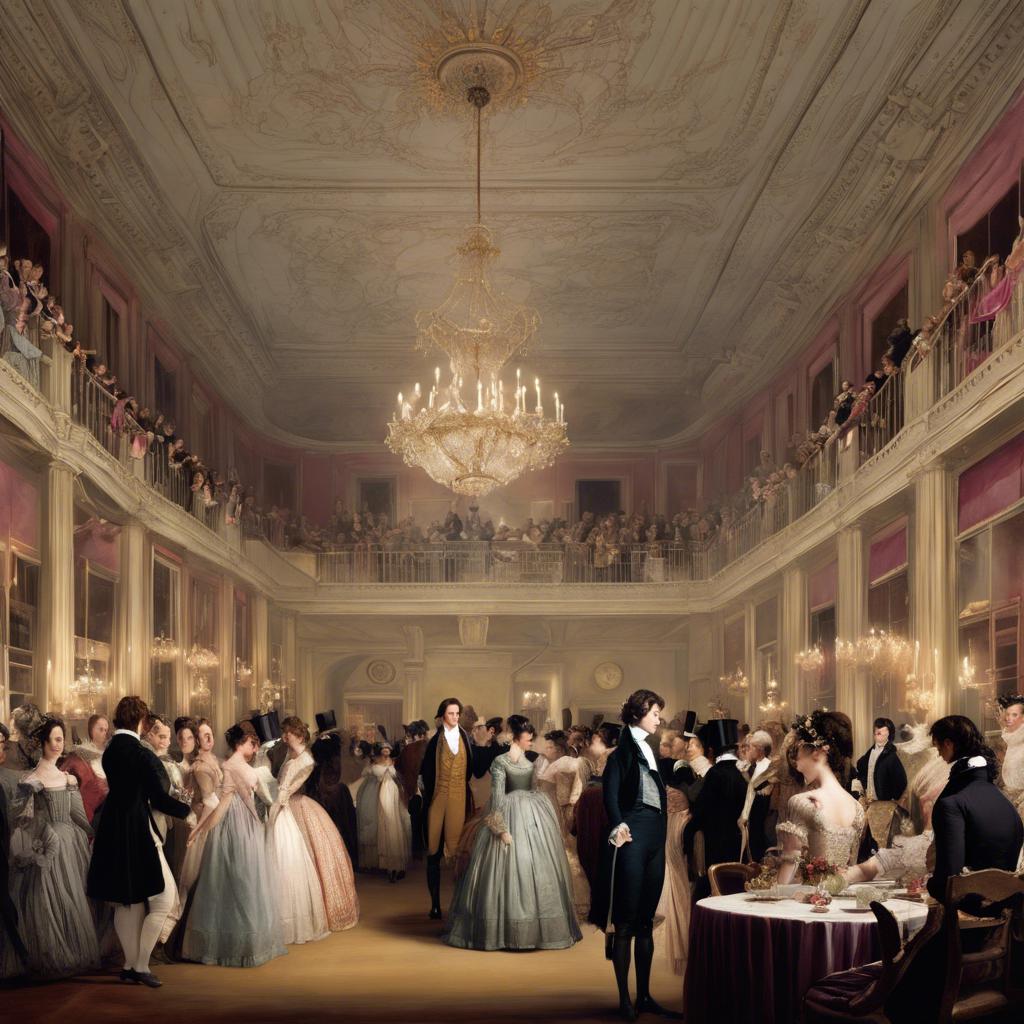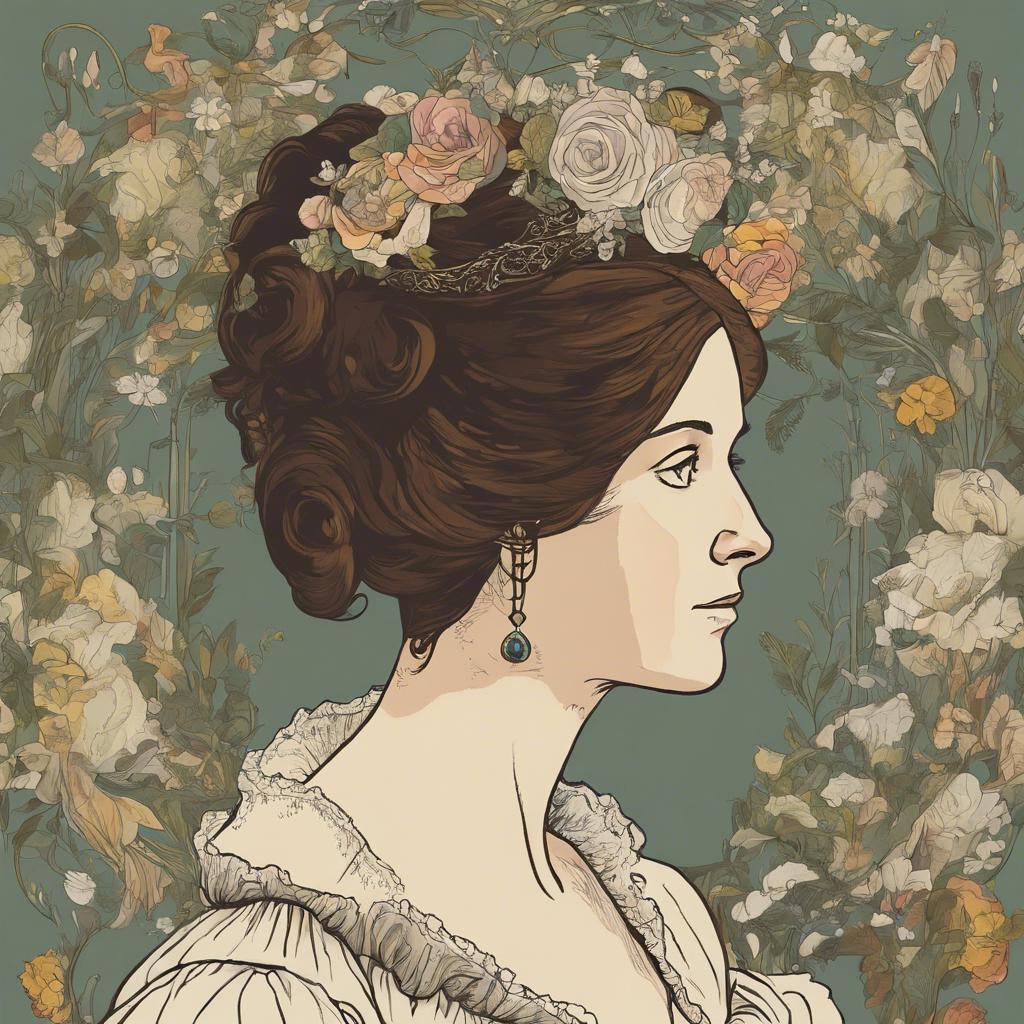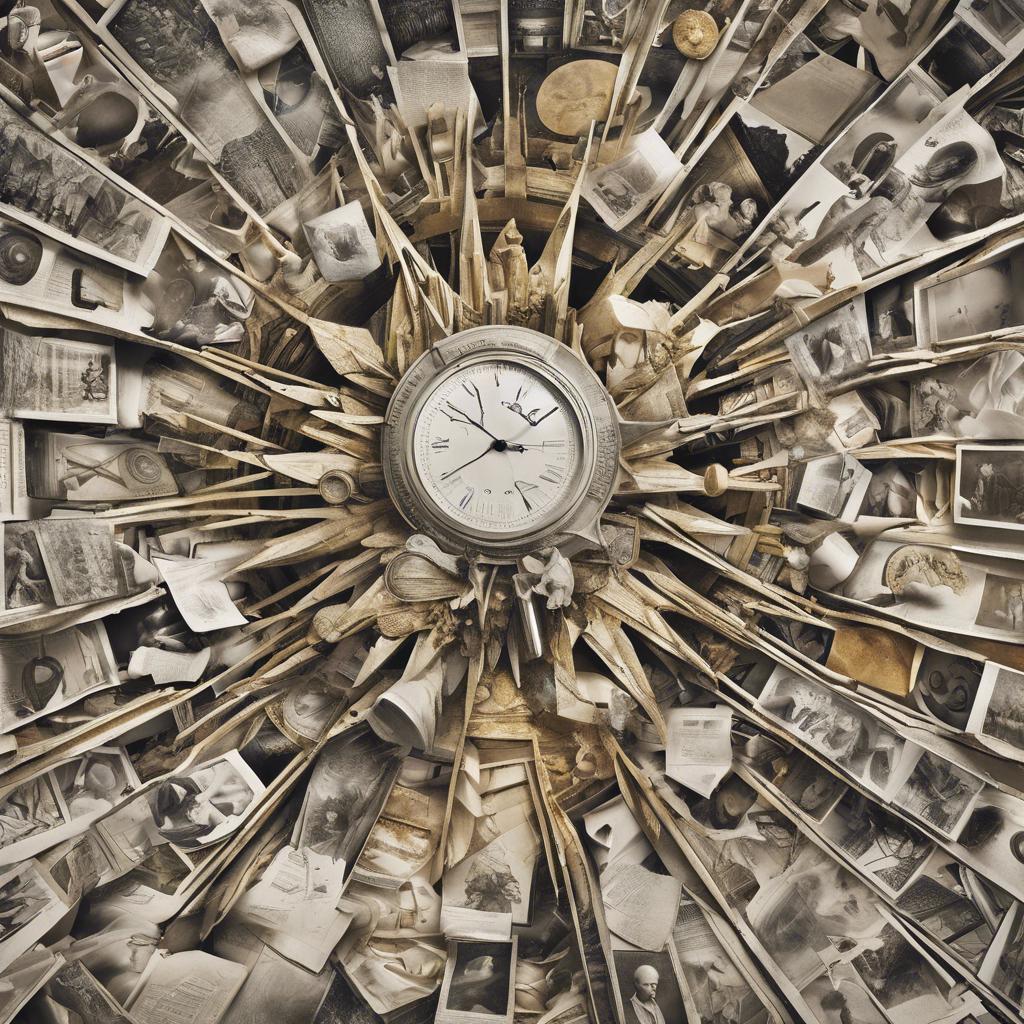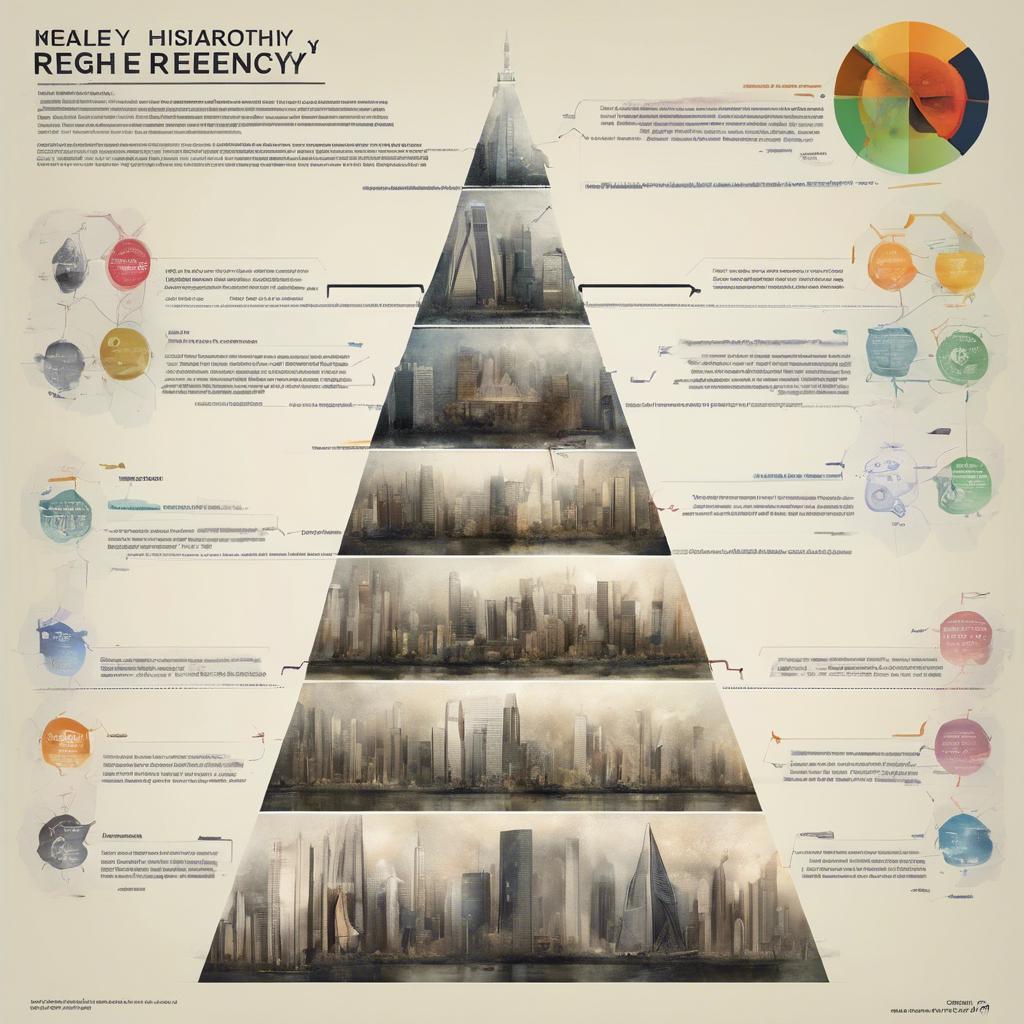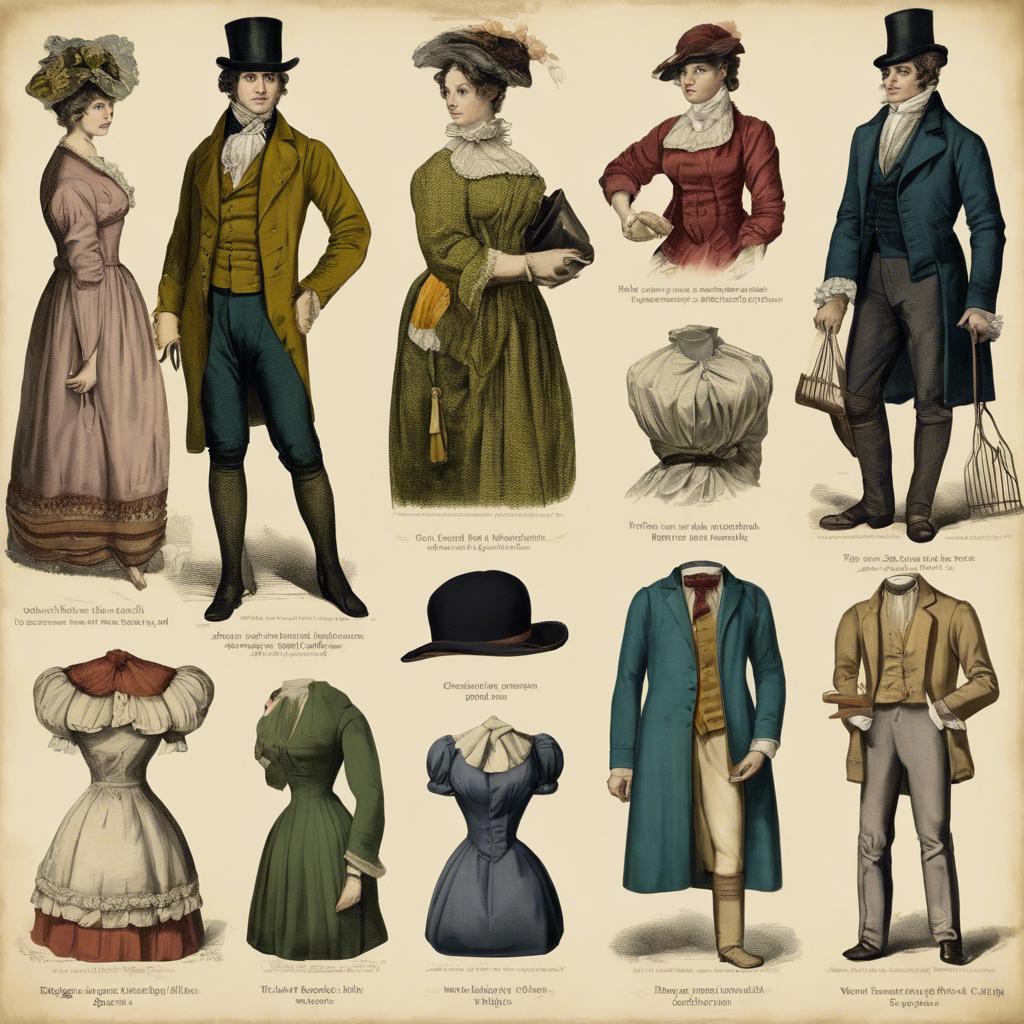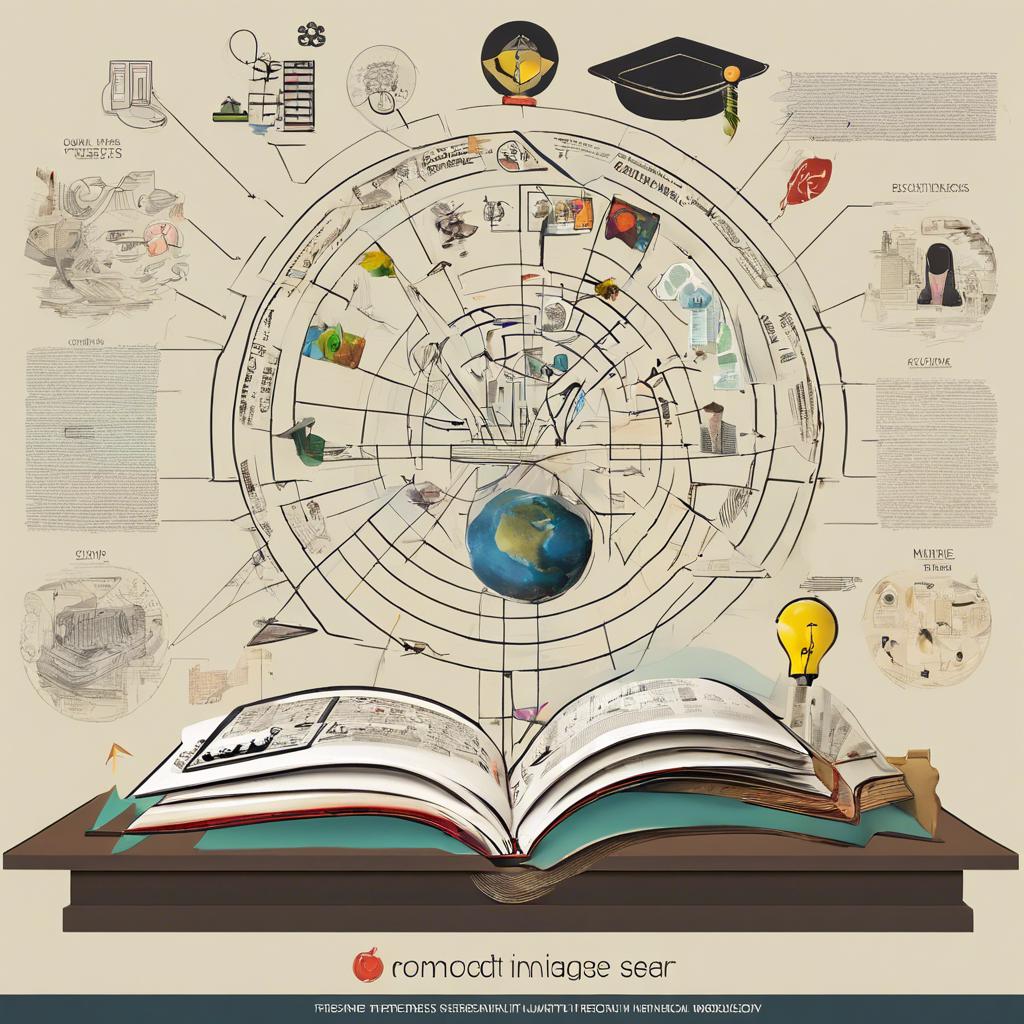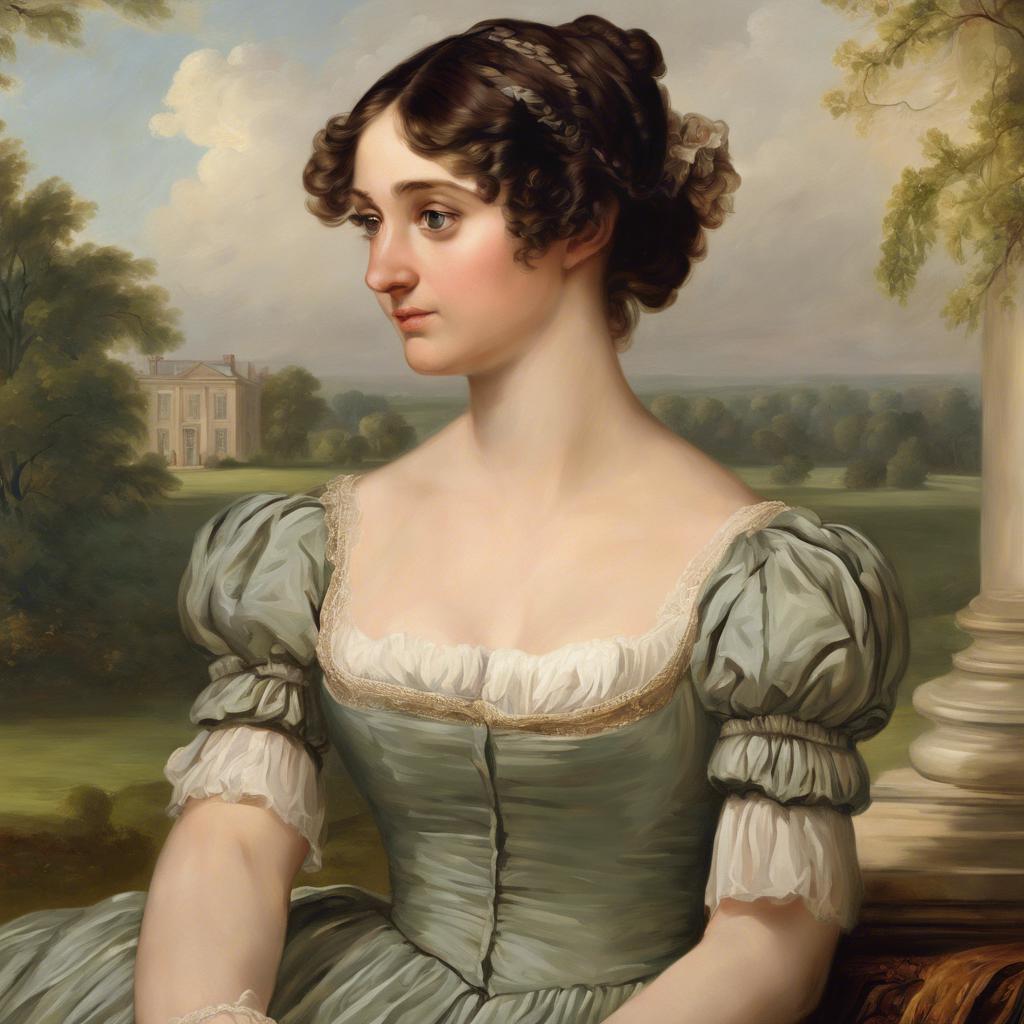Posted inRegency era
pride and prejudice ballroom
The Pride and Prejudice Ballroom was a popular social event in 19th century England, where the elite would gather to dance, socialize, and display their wealth and status. These extravagant balls were a reflection of the societal norms and values of the time.
